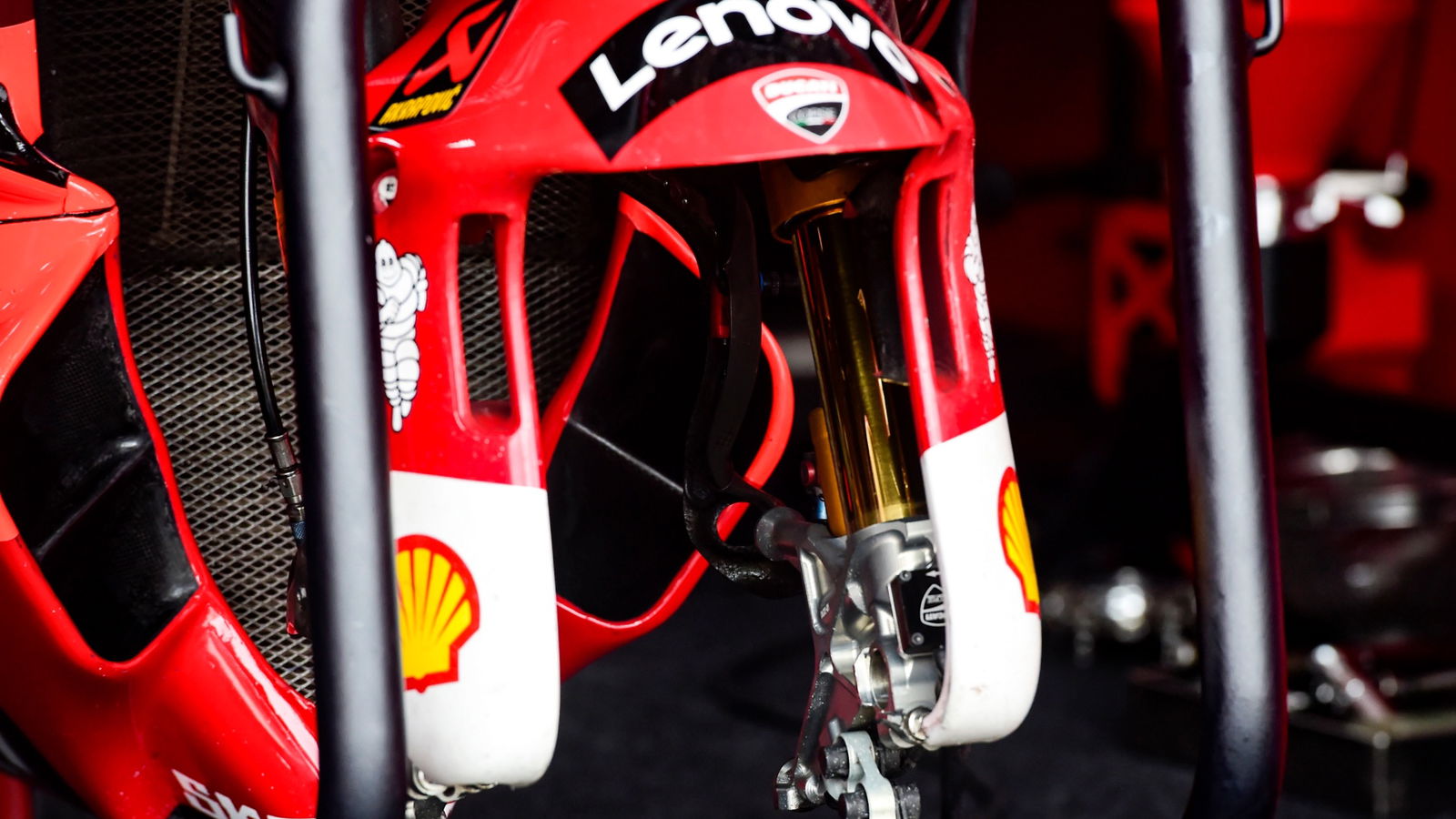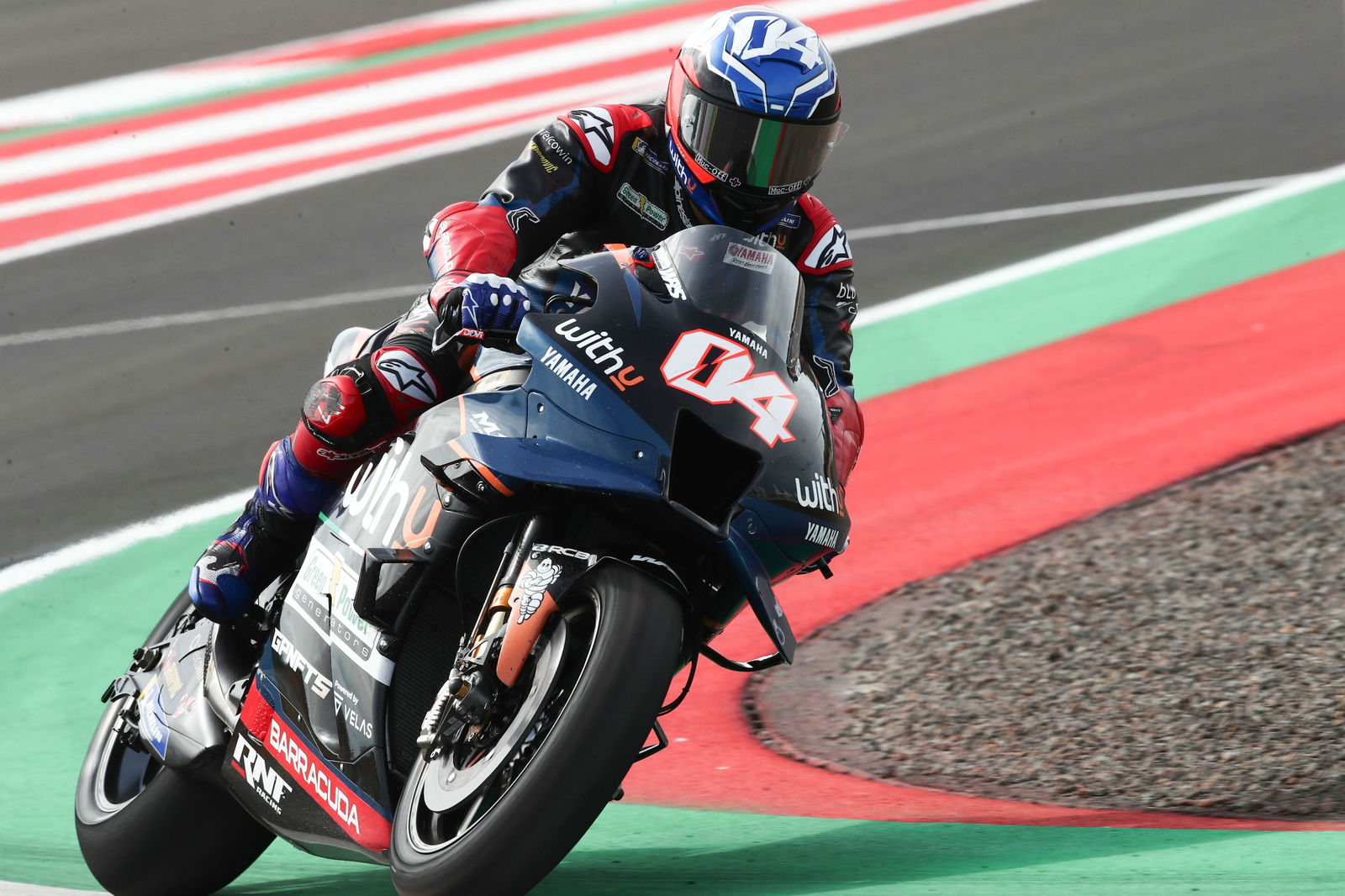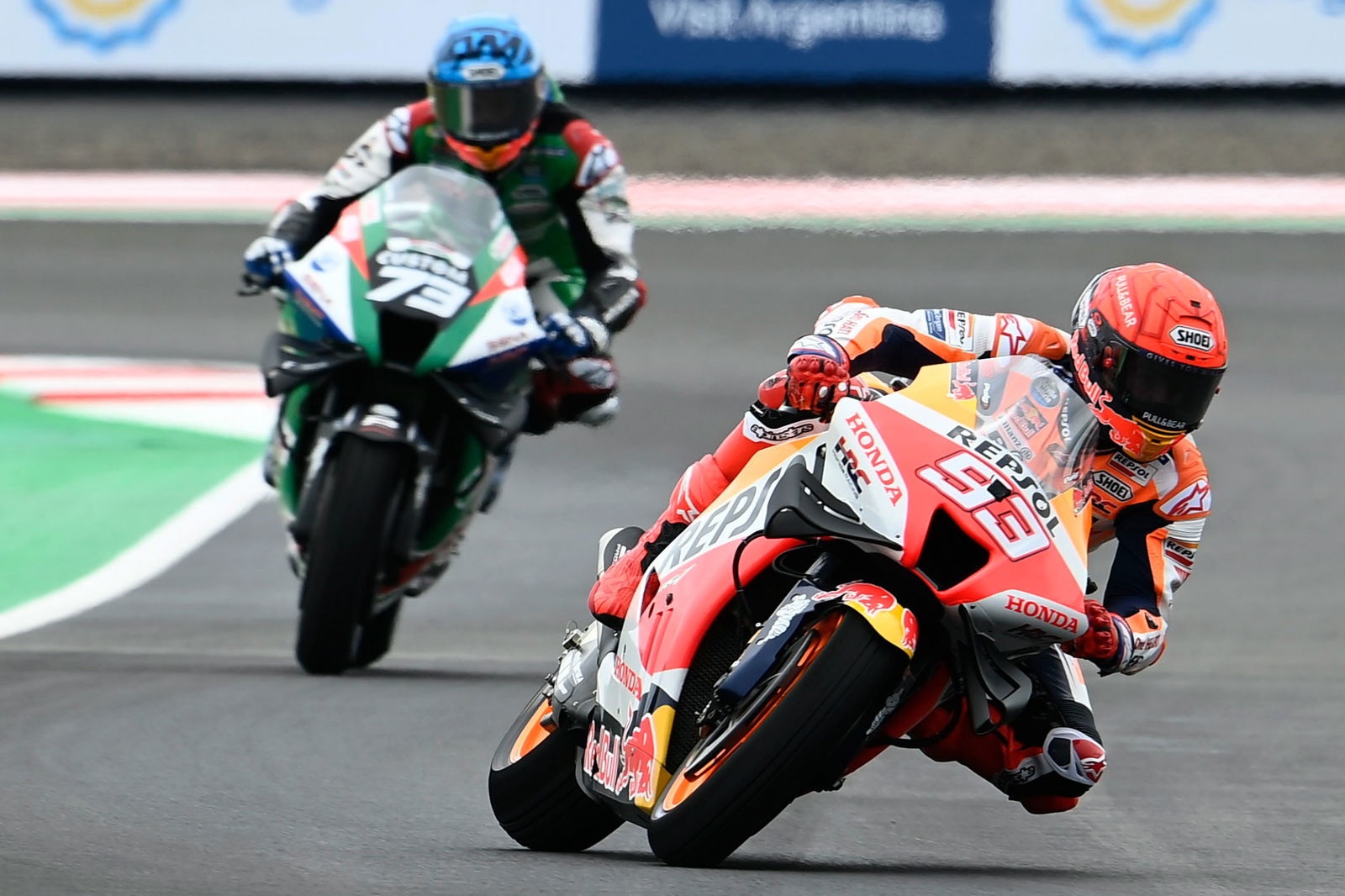Yamaha explains opposition to MotoGP ride-height devices

Ducati has pioneered the anti-wheelie technology since the introduction of a rear holeshot system (for the race start) at the beginning of 2019. That evolved into a repeatable rear 'ride-height device' for use on corner exit, followed by an additional front holeshot device.
By the end of 2021 the five other MotoGP manufacturers had all developed their own versions of those systems.
But this winter saw Ducati take the next step by converting its front holeshot system into a full ride-height device, offering the ability to lower in partnership with the rear on corner exit.
It was a predictable move, given the previous evolution from holeshot to ride-height for the rear, but Jarvis said the other manufacturers feel the devices have now gone too far.
"Five of the six manufacturers are very much in agreement when it comes to this problem with the ride height device," Jarvis told or front and rear in Ducati's case) automatically on the exit.
It remains to be seen if all holeshot/ride-height devices will be banned, and if so from when. Or if - like wings - they will be restricted in terms of future use.
If the lack of unanimous agreement between the manufacturers (MSMA) continues, the other Grand Prix Commission (GPC) members - Dorna, IRTA and FIM, who usually vote as one - may ultimately have the final say on the fate of ride-height devices.


